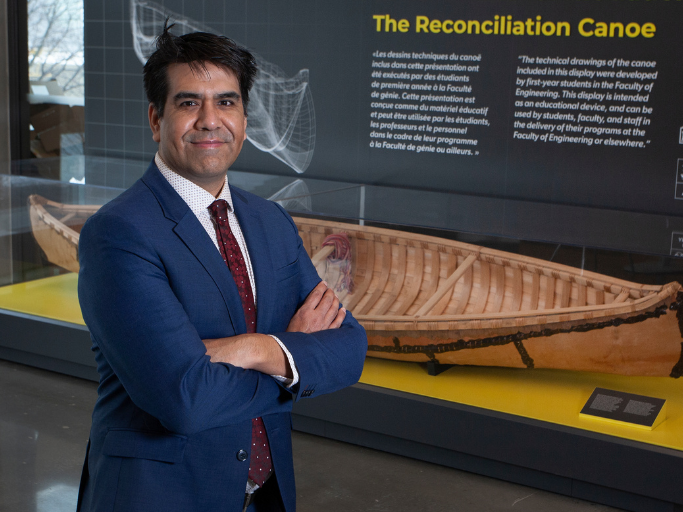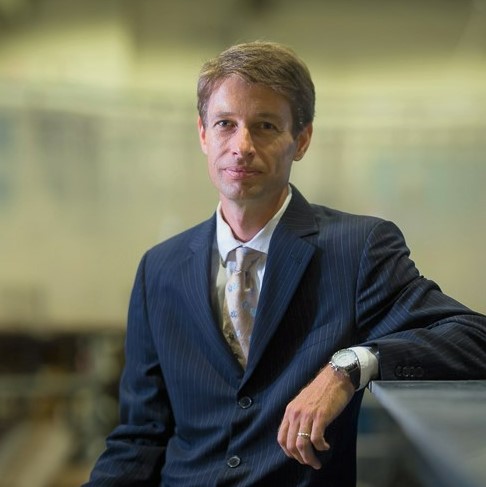The Centre for Indigenous Community Infrastructure plays a key role in partnering and connecting with Indigenous communities and service providers across the Canada with a focus on:
- Building relationships and collaborative partnerships
- Providing training to support workforce development
- Fostering an Indigenous infrastructure innovation ecosystem
- Advancing culturally relevant systems initiatives
- Improving practice through research and knowledge exchange
The Centre for Indigenous Community Infrastructure collaborates with many programs across the University of Ottawa to develop and deliver training, implement systems initiatives, coordinate knowledge exchange events and webinars, support virtual innovation services, resource for research projects and lead Indigenous engagement for the Faculty of Engineering programs and initiatives.
Areas of research
- Water
- Sustainable materials
- Building energy efficiency
- Wastewater
- Housing construction
- Remote & rural infrastructure
- Renewable energy
- Building envelope
- Climate Change & Infrastructure Adaptation
Core activities
The Centre is a hub for research and collaboration, an incubation centre where partners gather, exchange ideas and build impactful projects together. With our community partners, we have a robust ecosystem within which strong research projects flourish.
The Centre is founded upon respectful and systematic partner and stakeholders’ engagement over four (4) core activities:
- Leading-edge research
- Collaboration
- Knowledge exchange
- Youth engagement
The Centre continuously enables connections between uOttawa researchers and community partners with other research centres, within and outside of the University of Ottawa as others come to us to access our expertise or we reach out to others to broaden our capabilities. This diversity of perspectives has created an incubation centre for new innovative ideas.





